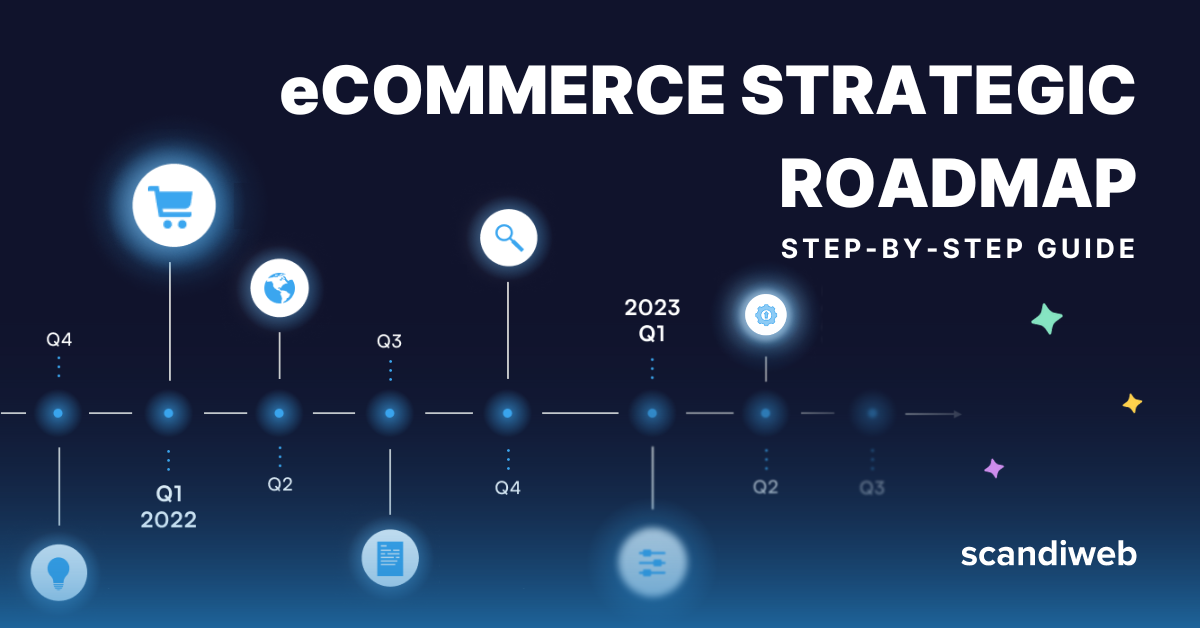Welcome to the world of paid advertising. This guide helps you understand it better.
Paid advertising is spending money to show ads to people online. It can help your business grow.
Why Use Paid Advertising?
Paid advertising helps reach more people. It is faster than waiting for people to find you. It can target specific groups. This means your ads show to the right people. Paid ads can also be tracked. This helps you see what works and what does not.
Types of Paid Advertising
There are different types of paid ads. Here are the main ones:
- Search Ads: These appear when people search on Google or Bing.
- Display Ads: These are image ads shown on websites.
- Social Media Ads: Ads on platforms like Facebook, Instagram, and Twitter.
- Video Ads: Ads shown before, during, or after videos on YouTube.
Step 1: Set Your Goals
Before you start, think about what you want to achieve. It is important to have clear goals. Do you want more visitors to your website? Do you want more sales? Knowing your goal helps you plan better.
Step 2: Choose Your Platform
Choose the platform where you will run your ads. Think about where your audience spends time. If they use Facebook a lot, then use Facebook Ads. If they watch YouTube, use YouTube Ads.
Step 3: Set Your Budget
Decide how much money you want to spend. Start small if you are new. See how it goes. You can always spend more later. Make sure to track your spending. This helps you stay on budget.
Step 4: Create Your Ad
Now it is time to make your ad. Write a short message. Make it clear and easy to understand. Use a strong headline. Add a call-to-action. This tells people what to do next. For example, "Buy Now" or "Learn More".
Step 5: Choose Your Audience
Pick who will see your ad. You can choose by age, location, interests, and more. Make sure to target the right people. This helps you get better results.
Step 6: Launch Your Ad
Once your ad is ready, you can launch it. This means you start showing it to people. Keep an eye on it. Check how it is doing. Make changes if needed.
Step 7: Track Your Results
Tracking is very important. It helps you see what is working. Use tools like Google Analytics. Look at clicks, views, and conversions. This tells you if your ad is meeting your goals.
Step 8: Make Improvements
Based on your results, make changes. Improve your ad to get better results. You can change the headline, message, or audience. Keep testing different things. This helps you find what works best.

Credit: scandiweb.com
Common Mistakes to Avoid
Here are some mistakes beginners make. Avoid these to have more success:
- Not Setting Clear Goals: Know what you want before you start.
- Ignoring Your Budget: Keep track of your spending. Stay on budget.
- Targeting Too Broad: Focus on a specific audience.
- Not Tracking Results: Always check how your ad is doing.
Frequently Asked Questions
What Is Paid Advertising?
Paid advertising is when you pay to promote your business online.
How Does Paid Advertising Work?
You pay platforms to show your ads to target audiences.
Why Is Paid Advertising Important?
Paid advertising helps you reach more people quickly.
What Are The Types Of Paid Advertising?
Types include search ads, display ads, social media ads, and video ads.
Conclusion
Paid advertising can help grow your business. Follow these steps to get started. Set your goals, choose your platform, and set your budget. Create a clear ad and choose the right audience. Launch your ad and track the results. Make improvements based on what you learn. Avoid common mistakes. With time and effort, you can succeed in paid advertising.
Thank you for reading this guide. We hope it helps you start with paid advertising. Good luck!



.jpg)
No comments:
Post a Comment